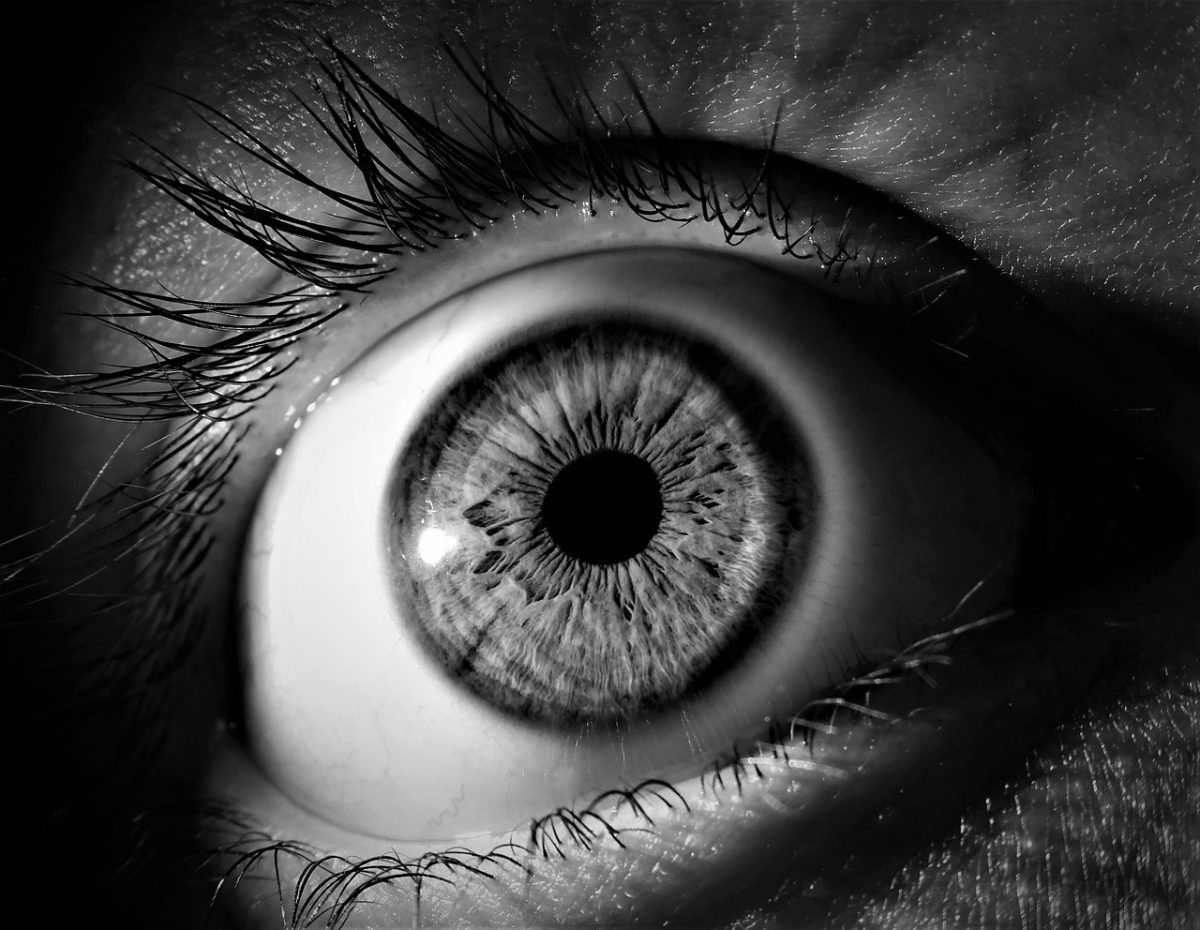Nationwide, there are around 1.8 billion cases of presbyopia each year, and professionals believe that these cases will continue to rise to 2.1 cases per year by 2030. Unfortunately, we currently do not have a permanent vaccine or cure to this prevalent eye disease.
Presbyopia is an eye condition that occurs as early at the age of 40. This condition creates a refractive issue in one’s eye lens, making it more challenging to see items up close. With a worsened eye lens, it weakens the eye’s ability to properly focus light onto the retina. Furthermore, because the retina is the key factor that transmits the light to your brain to produce pictures, if anything is not correctly sent to the retina, it will enable someone to not see properly. A common example of presbyopia is when someone reads a book. A normal book, up close would be easy to read at the age of 20. However, at the age 60, it will be significantly more difficult to properly read close up because of presbyopia.
Common symptoms of presbyopia is eye strains, headaches, and difficulty seeing items up close. Eye doctors will examine your eye to ensure that there is no trace of presbyopia by doing a comprehensive eye exam. If someone does have presbyopia they can easily help their eye condition by holding objects far away, selecting large text when typing or reading, and asking for eye glasses or contact prescriptions from their eye doctor. However, these remedies are not permanent, and the condition will continue to get worse until the age of 65.Currently there is one procedure called a lens implant that allows someone to see far and up close. This procedure can help permanently limit presbyopia in one’s eye.
Presbyopia will never be fully cured, but patients can receive help from professional eye doctors and with healthy habits, limit the effects of presbyopia.
Take Action:
Related Stories:
https://www.aao.org/eye-health/diseases/what-is-presbyopia
https://www.nei.nih.gov/learn-about-eye-health/eye-conditions-and-diseases/presbyopia
https://my.clevelandclinic.org/health/diseases/8577-presbyopia
https://www.aoa.org/healthy-eyes/eye-and-vision-conditions/presbyopia?sso=y










